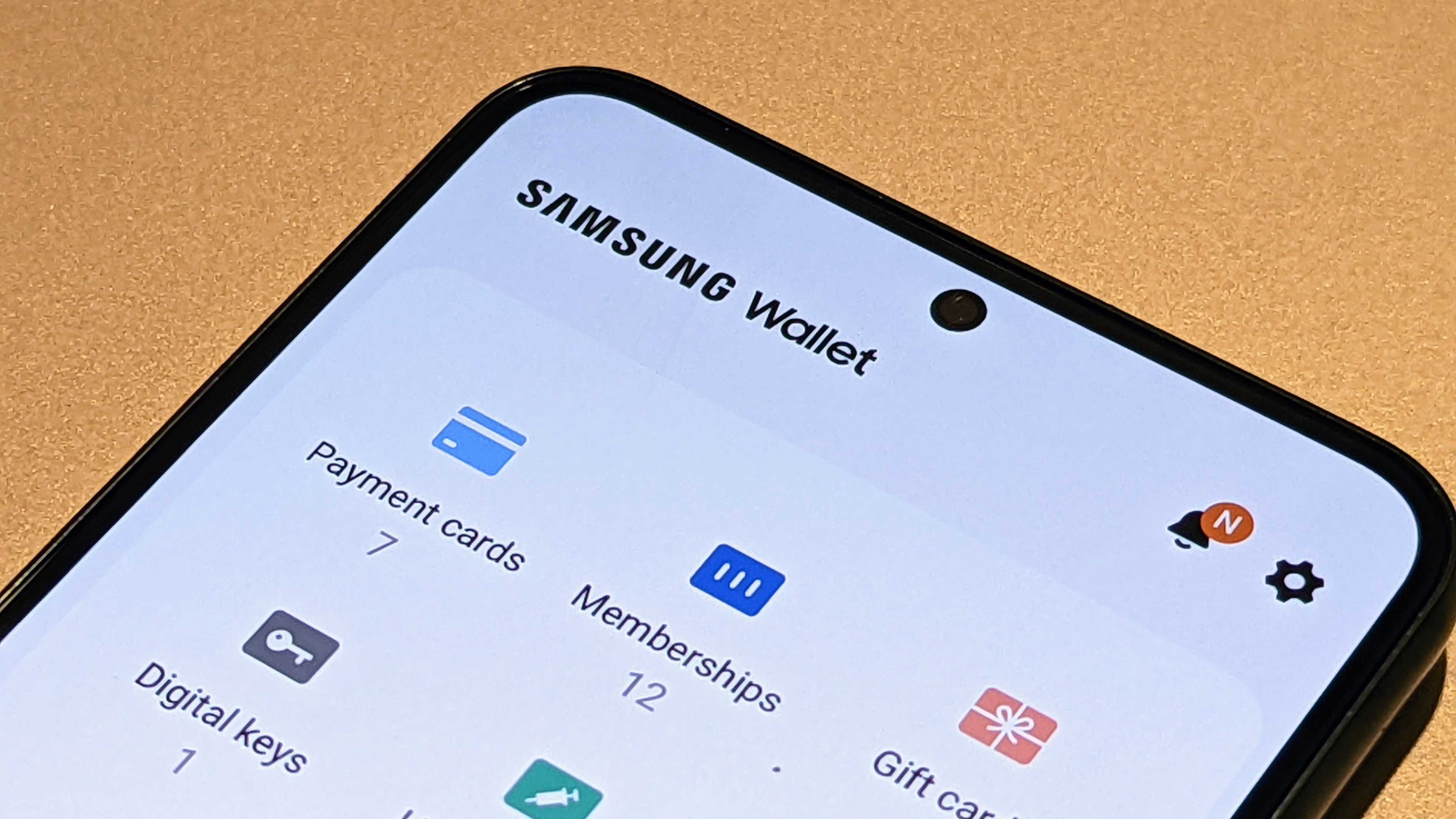The sad state of Android updates in India: Oreo edition
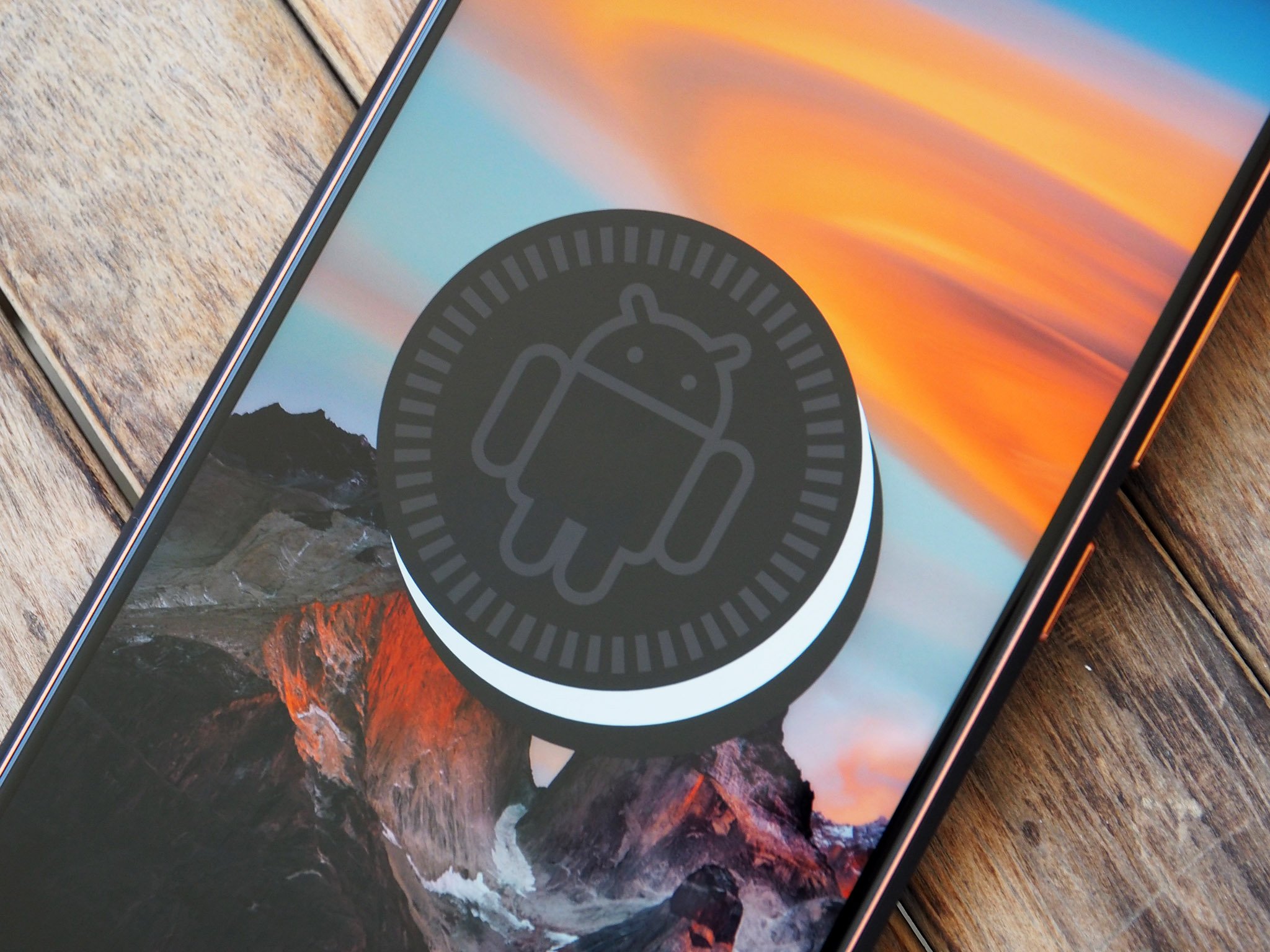
The Indian handset market is vastly different from other countries, and that's largely due to the unique challenges that exist in the region. A smartphone is often the primary gateway for tens of millions of users — most of whom are making their way online for the first time. As such, phones that are sold in India tend to feature large batteries that facilitate all-day multimedia consumption. The rise of affordable 4G networks has consolidated the need for dual SIM card slots — it's now a table stakes feature in the budget segment.
If you look at the two previous versions of this posts for the Marshmallow and Nougat eras, you'll see just how profoundly the Indian handset market has changed over the last two years. Back in 2016, the market was dominated by local handset vendors, and while the likes of Xiaomi, Lenovo, and Huawei were starting to make their foray into the country, Micromax had all the momentum.
That isn't the case anymore, with Chinese manufacturers now dominating the charts in India. Xiaomi, in particular, fared incredibly well in the country over the course of the last 12 months, managing to overtake Samsung as the leading handset brand in India. Elsewhere, HMD revived the Nokia brand last year, and sales from the last few quarters suggest the Finnish manufacturer still has a strong fanbase in the country.
Timely updates are more crucial than ever before, and with Chinese brands holding sway over the Indian market, it's time to take a look at how the leading manufacturers have fared in this area. This is the state of Android Oreo updates in India.
Xiaomi
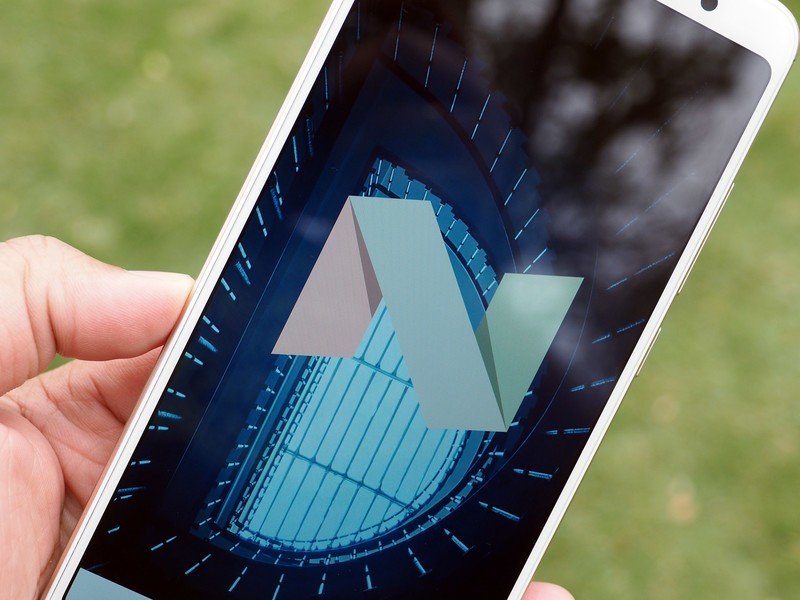
Xiaomi is now the largest smartphone brand in India. The company's meteoric rise in the country is directly attributable to its aggressive launch cycle, with the brand now offering eight phones in the budget segment.
With an IPO on the horizon, Xiaomi's main goal was to sieze market share in India, and it managed to do that with aplomb. The last nine months have seen the introduciton of the Mi A1, Mi Mix 2, Redmi 5, Redmi 5, Redmi Y1, the Redmi Note 5, and the Redmi Note 5 Pro.
A vastly increased portfolio means added strain on engineering resources when it comes to rolling out updates, an area where Xiaomi lagged behind in the past. In fact, Xiaomi is one of the worst brands when it comes to platform updates. The Chinese manufacturer rolls out MIUI patches with stability fixes and new features consistently, but is known to drag its feet in terms of delivering platform updates.
Be an expert in 5 minutes
Get the latest news from Android Central, your trusted companion in the world of Android
Xiaomi is one of the worst brands when it comes to platform updates.
The situation is so bad that just one of the MIUI-based phones that Xiaomi introduced in the last nine months — the Mi Mix 2 — have been updated to Oreo. The only other recent phone that made the switch is the Android One-based Mi A1.
The update situation can be summed up by the way MIUI is structured: because a lot of its services hook into the OS, it takes significant engineering resources to ensure stuff doesn't break with a new version of Android. The MIUI framework itself is regularly updated — as is the case with the five-year-old Mi 2 getting the MIUI 9 update — but the underlying Android kernel doesn't.
What's worse is that Xiaomi doesn't provide a timeline for when (or even if) its recent phones will be updated to Oreo. The update for the Redmi Note 5 Pro is slated to be "coming soon," but there's no specific date listed. As for entry-level phones like the Redmi 5 or the 5A, it's safe to assume that they won't make the switch to Oreo anytime soon, with Xiaomi instead opting to roll out MIUI version updates to either device.
So if you're in the market for a phone that receives timely platform updates, you're better off looking elsewhere.
Xiaomi Redmi Note 5 Pro review
Samsung
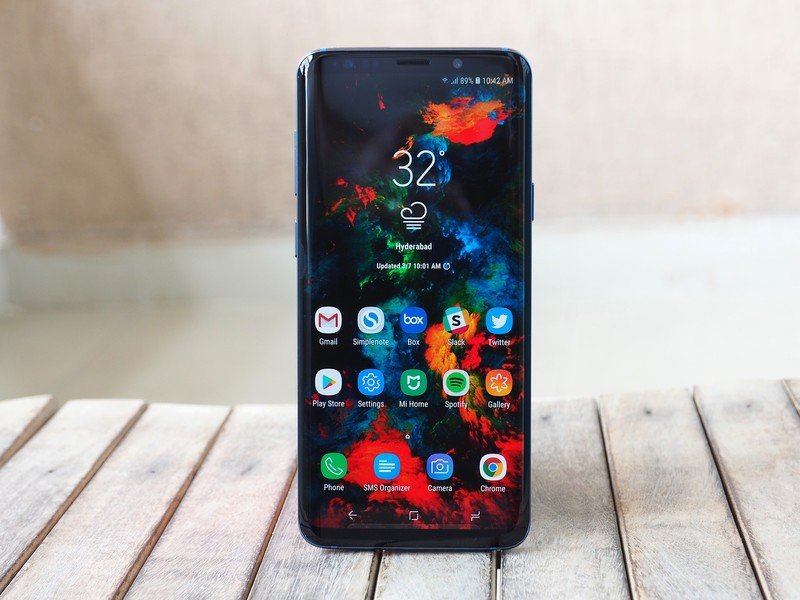
Samsung may not be the leader anymore, but it still has a sizeable market share in India, particularly on the back of strong launches in the Galaxy J series.
Samsung loves to flood the market with a host of budget phones, and that hasn't changed this year. What's also unchanged is its penchant for offering older builds of Android on its entry-level devices. For instance, the Galaxy J2 2018 made its debut at the end of last month, with the phone featuring Android 7.1 Nougat.
In this context, it's business as usual for Samsung: budget Galaxy J and Galaxy On series devices rarely see an update, and although most models are slated to make the switch to Oreo, there's no timeline as to when the final OTA update will be available. Even the Galaxy J7 Pro — Samsung's most robust offering in the budget segment — is yet to receive the Oreo update.
As usual, Samsung is slow to roll out the Oreo update to its budget phones.
That's the case for the Galaxy A8+ as well. This year's Galaxy A device is Samsung's best effort yet in the mid-range segment, but the fact that the Oreo update still iisn't ready for the phone should tell you a lot about Samsung's priorities. If there's one manufacturer that has the resources to roll out timely updates to all of the devices in its portfolio, it's Samsung. But as we've seen in years past, the company is either unwilling to do so or doesn't care about updating its budget phones.
That said, Samsung does a better job making sure its flagships receive updates on time. The Indian variant of the Galaxy Note 8 picked up the Oreo update back in March, and the Galaxy S8+ is also running a stable Oreo build. The Galaxy S9+ runs Android 8.0 Oreo out of the box, and Samsung has even rolled out a few security patches.
Samsung Galaxy S9+ India review
HMD Global
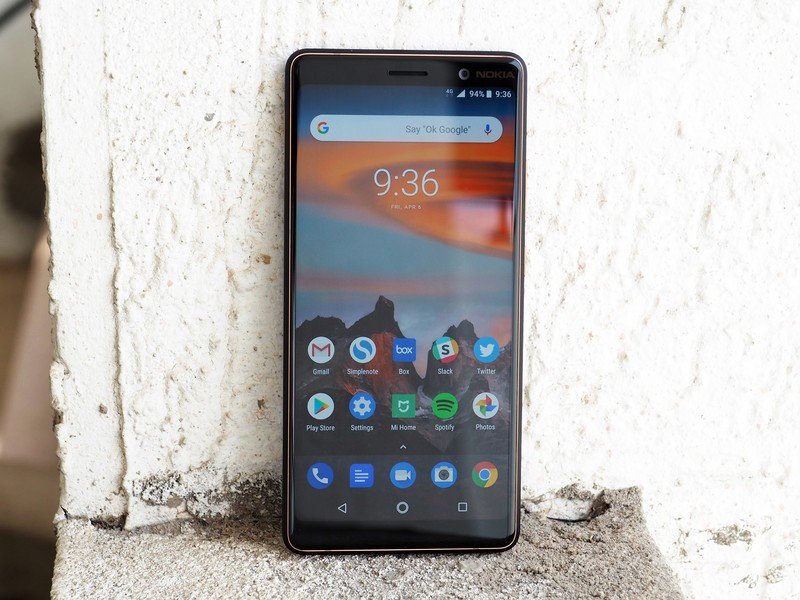
If there's one brand that stood out when it comes to updates, it is HMD Global. The Finnish manufacturer relaunched the Nokia brand last year, stating from the beginning that it would deliver timely updates across its portfolio of devices.
If you care about updates, you should pick up a Nokia phone.
The manufacturer kept up its word, with the Nokia 3, Nokia 5, Nokia 6, and the Nokia 8 all making the switch to Android 8.0 Oreo. The Nokia 5 and Nokia 6 have also received the Android 8.1 Oreo, and HMD has done a fantastic job in terms of rolling out monthly security updates as well.
With HMD committing to the Android One initiative for all of its smartphones going forward, you can be assured that the Nokia-branded Android devices will be the first to pick up platform and security updates. Simply put, if you care about timely updates, you cannot go wrong with HMD's devices.
Nokia 7 Plus review: Come for the value, stay for the excitement
OPPO and Vivo
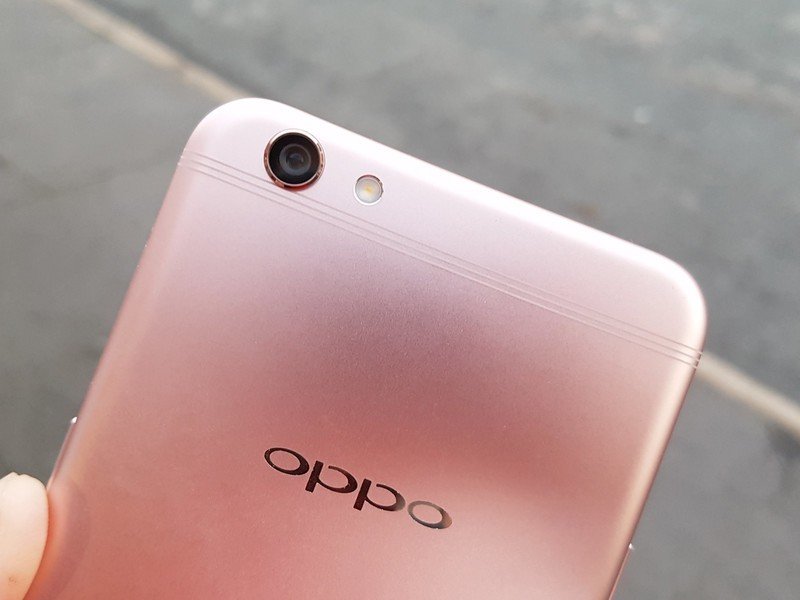
Vivo launched four V series devices in the country over the last 12 months — the V7, V7+, V9, and V9 Youth. The V7 and V7+ are still running the Android 7.1 Nougat-based Funtouch OS 3.2 skin, but the V9 and V9 Youth variants feature the latest Funtouch OS 4.0 skin, which is based on Android 8.1 Oreo.
The manufacturer also rolled out two new devices in the Y series — the Y69 and the Y71. The former runs Android 7.1 Nougat, but the latter comes with the same Funtouch OS 4.0 build as the V9, a welcome change as the phone is targeted at the budget segment.
Vivo and OPPO's strategy is unchanged from last year.
Vivo hasn't gotten any better at updates, so it's unlikely the V7 and V7+ will get the Oreo update anytime soon, but it at least managed to launch a phone with a current version of Android relatively fast.
As for OPPO, the company launched the F5, A71, and the A83 in India over the course of the last 10 months, and all three devices are currently running ColorOS 3.2 based on Android 7.1 Nougat. There's no timeline as to when the Oreo update will be available to these devices, and given OPPO's history, it'll be a big deal if the update arrives at all.
To its credit, OPPO's latest device — the OPPO F7 — comes with ColorOS 5.0 based on Android 8.1 Oreo.
Motorola/Lenovo
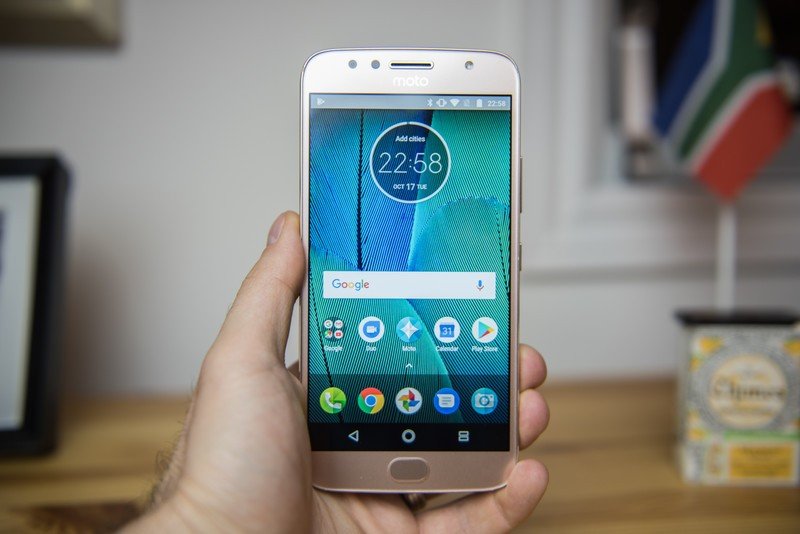
Last year, Motorola could do no wrong. It led the field in this category, and while there were a few missteps along the way, Motorola managed to deliver timely updates to a majority of phones in its portfolio.
That, however, is no longer the case. Owing to a significantly expanded portfolio, Motorola now severely lags behind on the update front.
Motorola now severely lags behind on the update front.
Case in point: I was troubleshooting a family member's Moto G5 back in January, and I went into the settings to see if there was an update available. Not only was an update not available, but the last security patch was from January 2017.
The Moto Z2 Force and the Moto X4 come with Oreo out of the box, but there's no mention as to when the budget devices will pick up the update. The Moto E series, Moto C series, and even the Moto Z2 Play are yet to receive the Oreo update.
It doesn't look like things will change this year, as we've seen three new launches in the Moto G6 family and two devices in the Moto E5 series.
Honor/Huawei
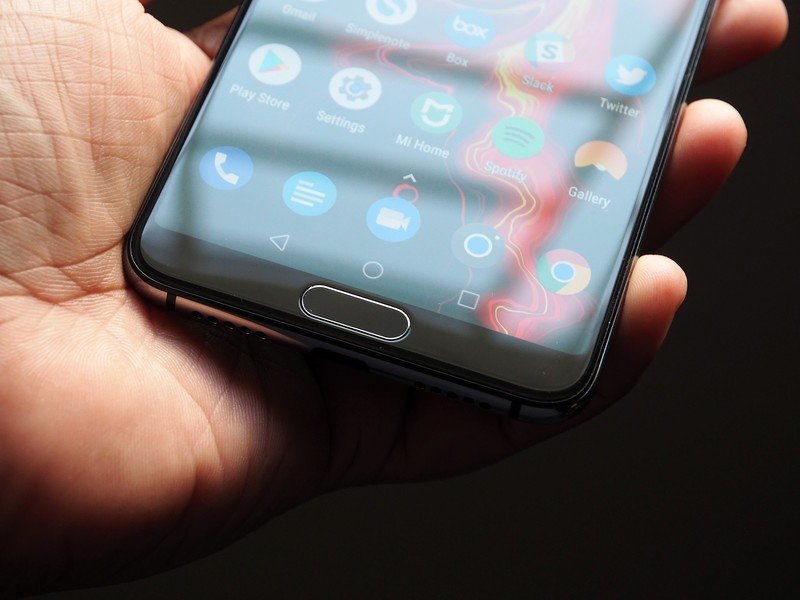
Honor recently saw a surge in sales and is now the fifth-largest smartphone vendor in the country. The Chinese manufacturer managed to clean up its EMUI skin with the latest version — EMUI 8.0 — which is based on Android 8.0 Oreo. Most recent phones come with EMUI 8.0 out of the box, including the likes of the Honor View 10 and the Honor 9 Lite.
Honor has picked up the pace in terms of platform updates.
Both the Honor 8 Pro and the Honor 9 picked up the Oreo update earlier this year, and the stable OTA is now making its way to the Honor 7X in the U.S. It's likely the stable build will be rolled out to the Indian variant in the coming weeks.
The Huawei P9 recently picked up a beat Oreo build in China, and it's possible Indian customers won't see the update until the next quarter at the latest. Thankfully, the P20 Pro and the P20 Lite come with Android 8.1 Oreo out of the box.
OnePlus
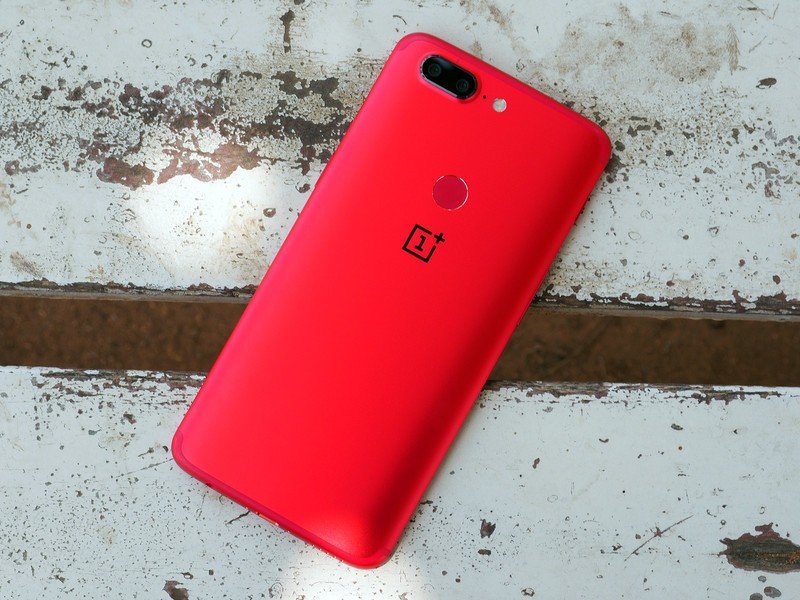
OnePlus doesn't sell anywhere near the same volume as Xiaomi, Samsung, or even Honor, but the company has seen a lot of momentum in the premium segment over the course of the last year.
Last year's OnePlus 5 and 5T have received the Oreo update earlier this year, and OnePlus also made the update available to its 2016 devices, the OnePlus 3/3T.
OnePlus isn't as nimble as HMD when it comes to updates, but its focus on uncluttered software and sheer value for money has made it a fan favorite in this category. It doesn't hurt that the brand launches just two devices on a yearly basis, with a single SKU sold globally.
Others
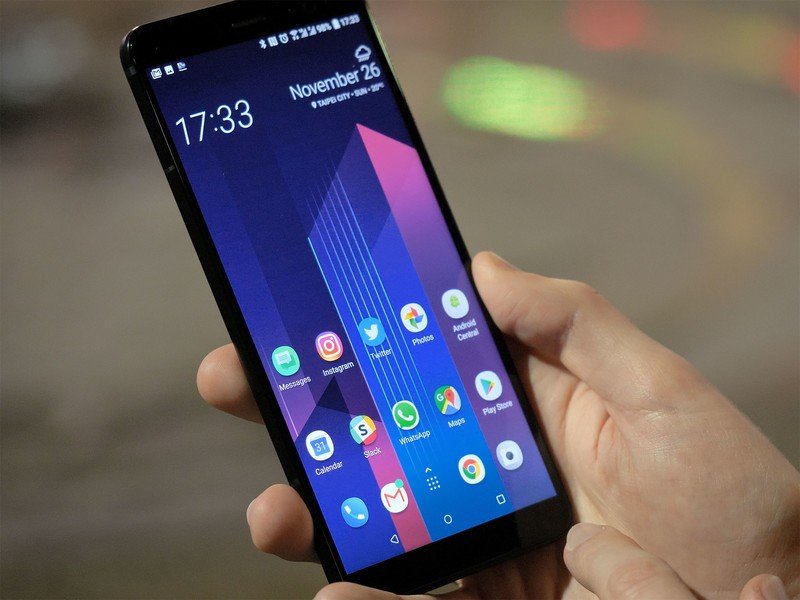
HTC, LG, and Sony haven't fared all that well over the last couple of years, and as a result, their role in India is diminished as Chinese rivals have managed to eat into their market share.
The HTC U11+, U11, and the U Ultra have picked up the stable Oreo build, but it's not all smooth sailing. The MediaTek-based Desire 12 is running Nougat out of the box, and the Snapdragon 450-powered Desire 12+ comes with Android 8.0 Oreo as standard.
As for LG, both the LG G6 and the V30+ are still on Nougat, and while the manufacturer has promised to roll out the Oreo update by the end of April, it looks like Indian customers will have to wait awhile before making the switch.
Indian manufacturers, meanwhile, have been relegated to offline sales in tier 2 and tier 3 cities, and it doesn't look like they'll be able to mount an offensive to the likes of Xiaomi or Huawei anytime soon. Micromax, in particular, has seen a drastic decline following its failure to innovate, and while the brand made its foray into the 18:9 segment with the Canvas Infinity (and a pro variant), the phone doesn't hold a candle to the likes of the Redmi Note 5 Pro.
Lava Mobiles and Intex have rolled out a slew of me-too devices in the budget segment, and sadly none of them run Oreo out of the box. The Lava Z50 is notable for being the first local Android Go device.
Incidentally, the Canvas Infinity Pro is the solitary device from Micromax to feature Android 8.0 Oreo, and that should tell you all there is to know about the current state of the local handset manufacturers.

Harish Jonnalagadda is Android Central's Senior Editor overseeing mobile coverage. In his current role, he leads the site's coverage of Chinese phone brands, networking products, and AV gear. He has been testing phones for over a decade, and has extensive experience in mobile hardware and the global semiconductor industry. Contact him on Twitter at @chunkynerd.
